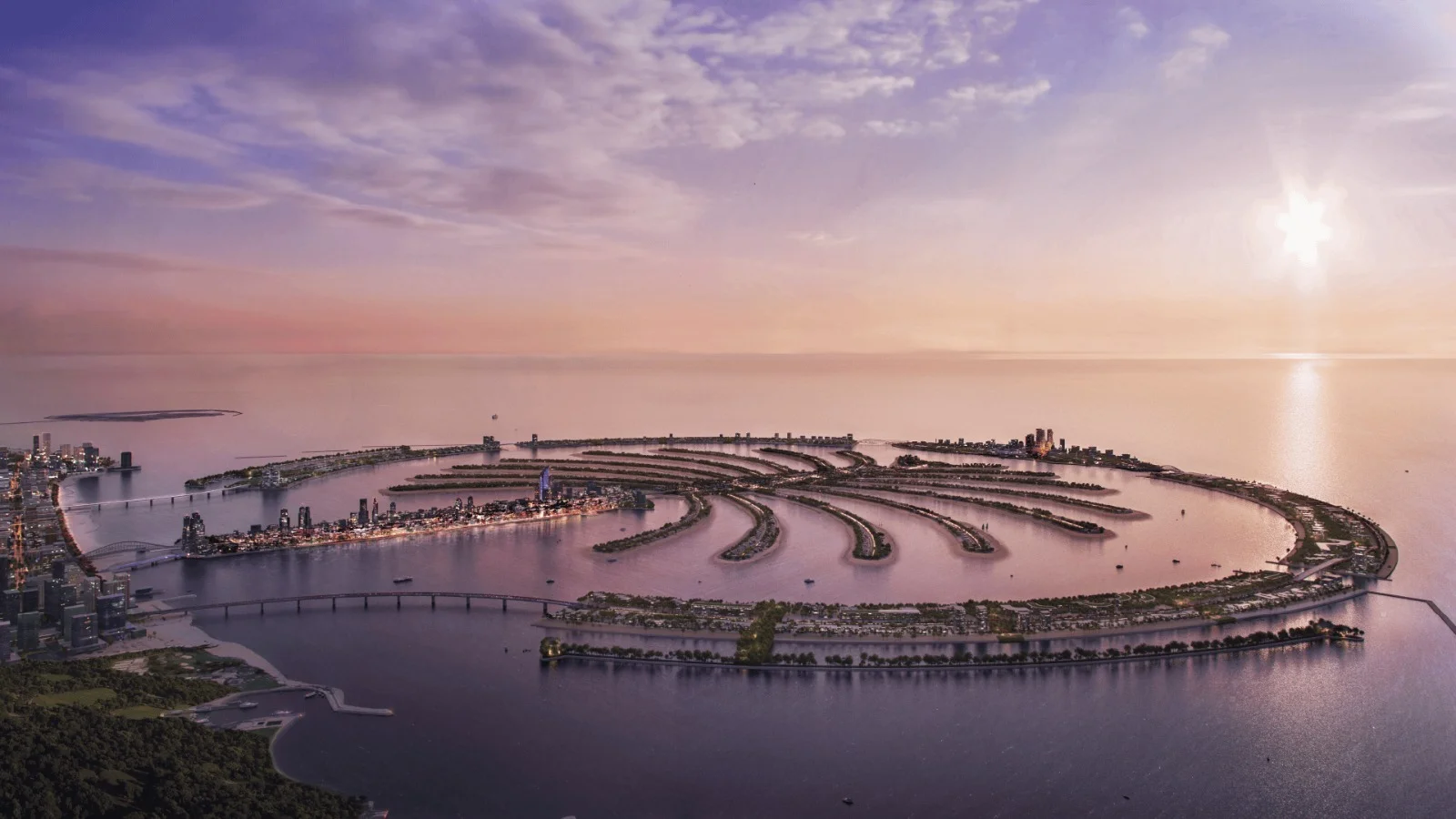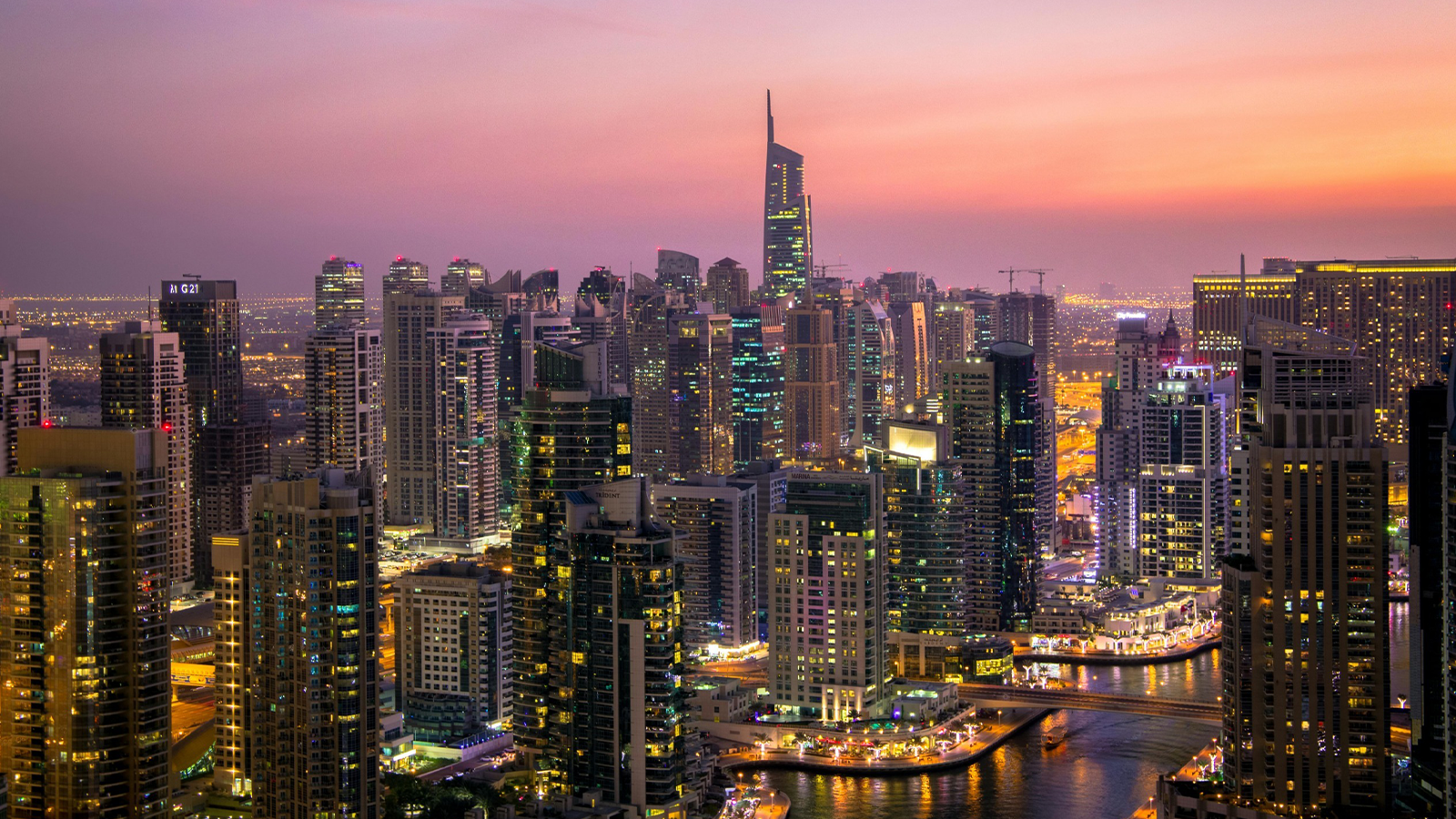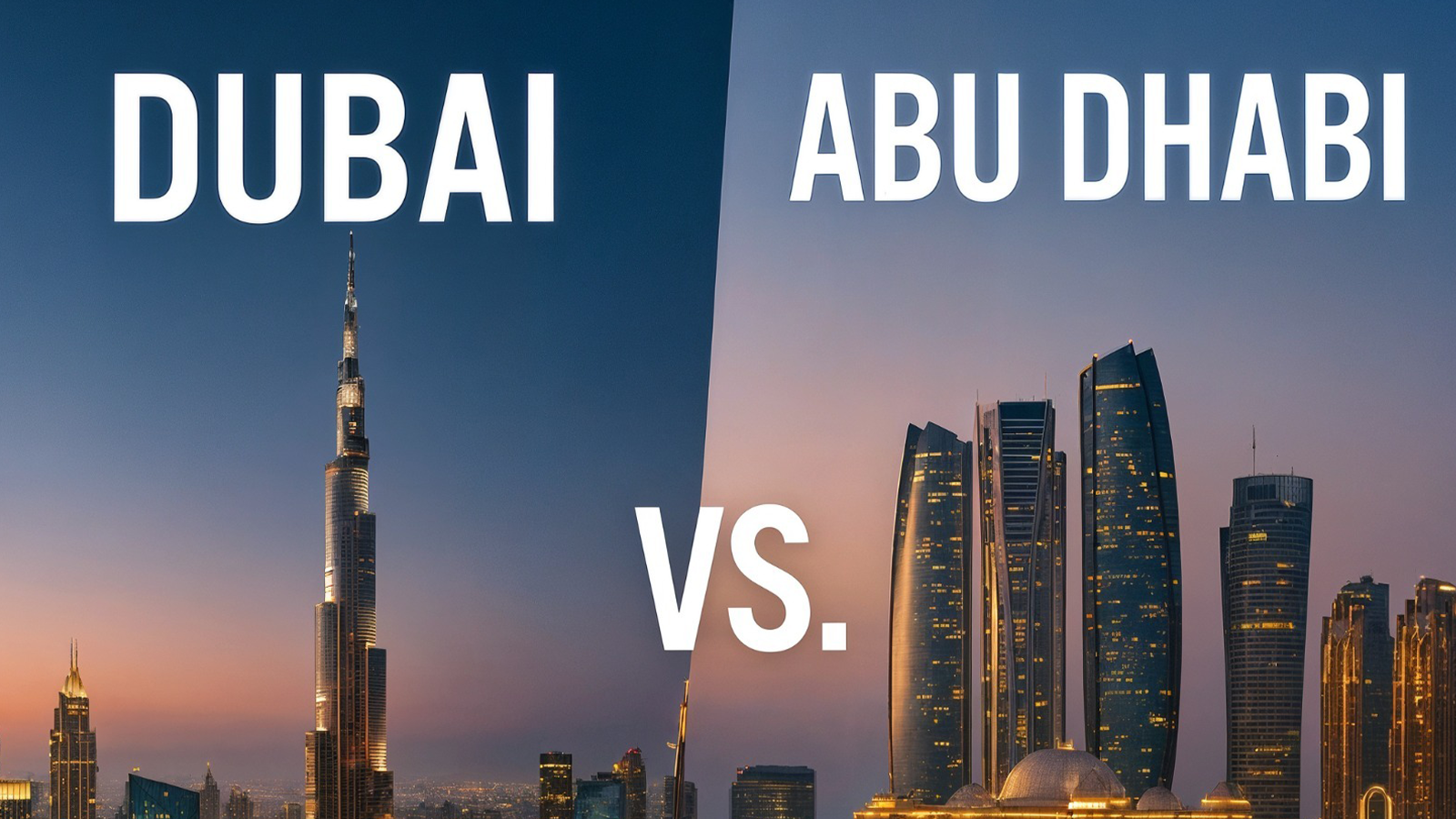Dubai vs Abu Dhabi
Where Should You Invest in Real Estate?
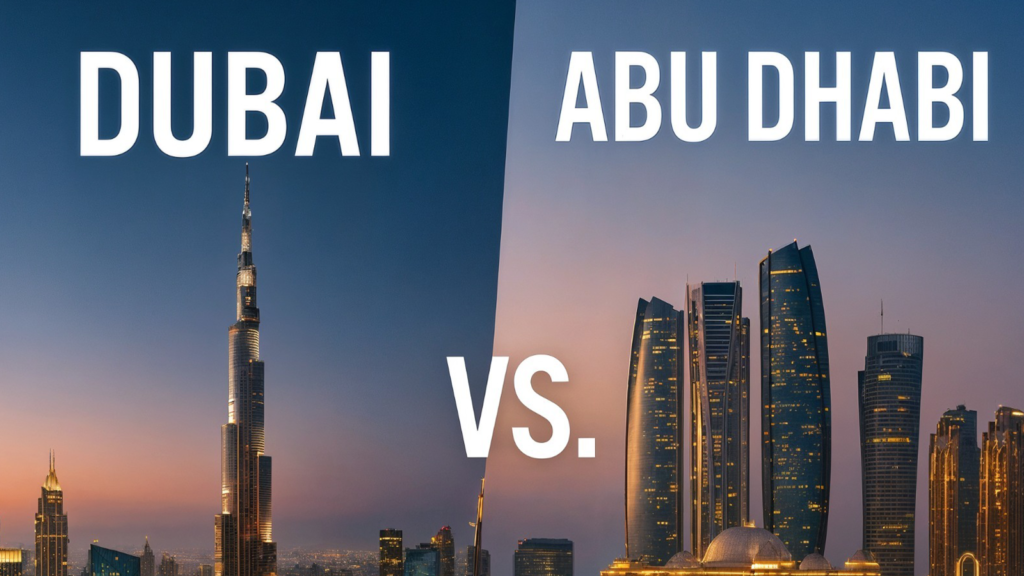
While both emirates are part of the UAE and share cultural and economic ties, their property markets differ significantly in terms of growth, legal frameworks, lifestyle offerings, and investor profiles. This article unpacks the nuances of both cities to help you make a more informed decision.
1. Why This Topic Matters
Dubai and Abu Dhabi are attracting global investors at an unprecedented rate. As more foreign capital flows into the UAE, understanding which city better aligns with your investment goals has never been more crucial. NSN’s video introduces the comparison, and this article expands on the data and expert insights behind it.
2. Market Dynamics: Growth vs. Stability
Dubai: Fast-Paced and Liquid
Dubai has witnessed explosive growth with real estate prices rising over 147% in five years. Rental yields in prime areas range from 5% to 9%, and liquidity in the market allows for fast transactions and capital gains.
Abu Dhabi: Conservative and Steady
Properties in Abu Dhabi are around 20% cheaper than in Dubai. The capital city offers rental yields of 5-7% for apartments and 4-6% for villas. Abu Dhabi appeals to investors looking for lower volatility and long-term capital preservation.
3. Legal Structures and Ownership
Dubai
Provides freehold ownership in many zones, allowing foreign investors full control over their property.
Abu Dhabi
Mostly offers long-term leasehold (50-99 years), though some freehold areas like Saadiyat and Al Reem Islands are open to foreigners.
Dubai’s legal frameworks are more mature for international investors, while Abu Dhabi is catching up with initiatives like Abu Dhabi Global Market (ADGM).
4. Lifestyle and Infrastructure
Dubai: Vibrant and Global
Dubai offers a cosmopolitan lifestyle with attractions such as Palm Jumeirah, Dubai Marina, and Downtown Dubai. It draws a younger, short-term crowd.
Abu Dhabi: Cultural and Family-Oriented
Abu Dhabi emphasizes cultural experiences, green spaces, and family-friendly living with areas like Saadiyat Island and Yas Island.
5. Key Investment Areas
Dubai Hotspots:
- Downtown Dubai
- Dubai Hills Estate
- Dubai Marina
- Palm Jumeirah
- Dubai Science Park
Abu Dhabi Hotspots:
- Al Reem Island
- Saadiyat Island
- Yas Island
- Al Maryah Island
- Masdar City
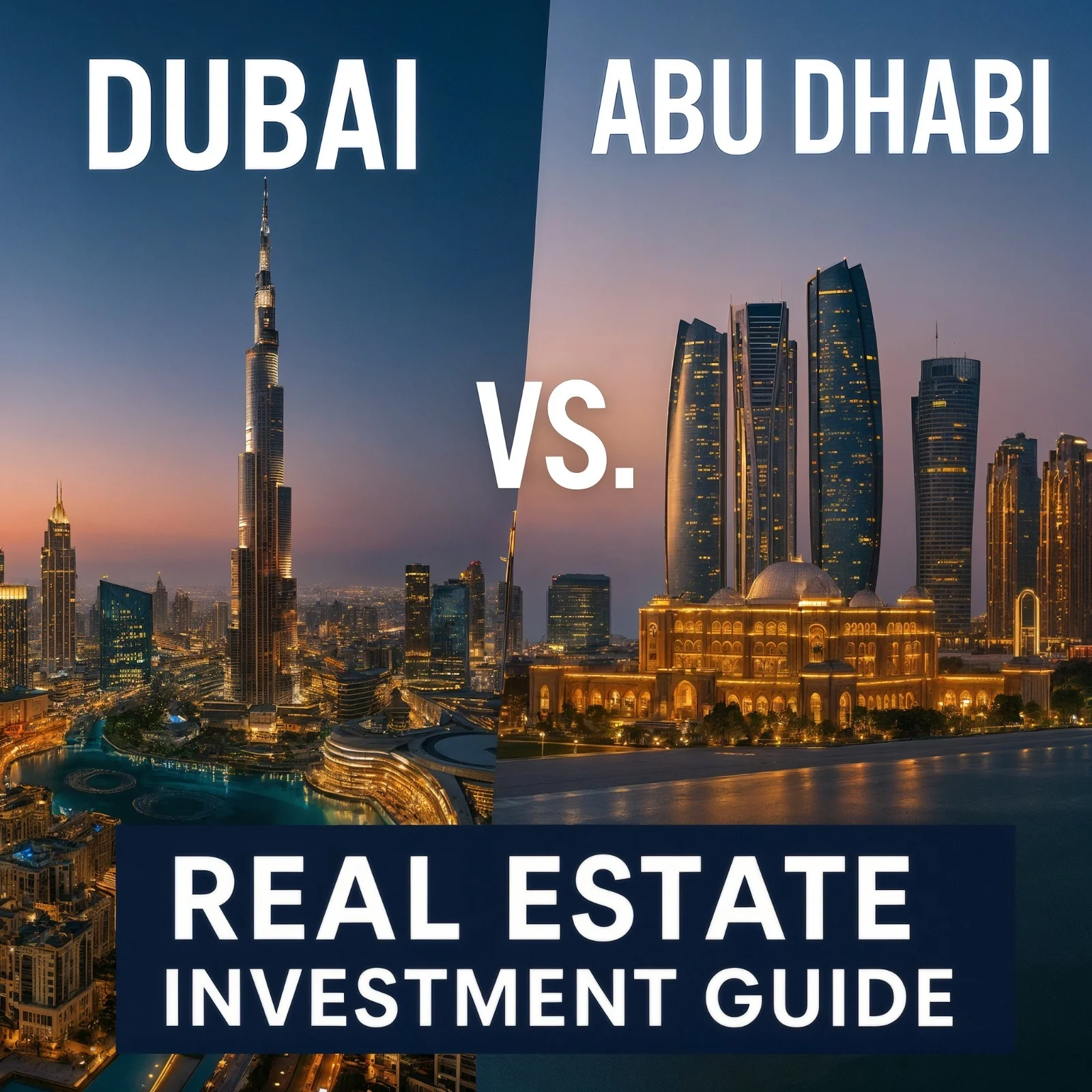
6. Financial Returns
Emirate |
Apartment Yields |
Villa YieldsVilla Yields |
Price Growth |
Entry Price (USD/sq ft) |
|---|---|---|---|---|
|
Dubai |
6 - 8% |
4 - 6% |
10 - 15% |
$1,200- 1,500 |
|
Abu - Dhabi |
5 - 7% |
4 - 6% |
5 - 8% |
$800- 1,200 |
Dubai suits investors looking for high yields and fast growth, while Abu Dhabi appeals to those who value consistent returns.
7. Economic Drivers
Dubai
Is diversified, relying on sectors like tourism, trade, real estate, and finance. It’s a global city less dependent on oil.
Abu Dhabi
Is rich in oil but is investing heavily in diversification, focusing on renewables, tech, and financial services.
8. Investor Profiles
Dubai
- Targeted at growth-oriented investors
- Higher liquidity and quicker ROI
- More tolerant of market fluctuations
Abu Dhabi
- Attracts long-term capital holders
- Focused on preservation and stability
- Appealing to families and institutions
9. Strategic Advice for Investors
- Define your investment goal: capital gains or stable income
- Know your legal rights in each emirate
- Track Golden Visa eligibility tied to investment thresholds
- Research neighborhoods based on lifestyle and growth
- Stay updated on market trends and policy changes
10. Conclusion: Which City Is Right for You?
- Choose Dubai for high-speed growth, yield potential, and liquidity.
- Choose Abu Dhabi for long-term stability, lower entry prices, and structured growth.
Dubai is the high-performance sports car of real estate: exciting, fast, but volatile. Abu Dhabi is the luxury sedan: reliable, comfortable, and steady.
Ultimately, the best investment depends on your financial goals, risk tolerance, and lifestyle preferences. Both cities offer compelling opportunities—just in different ways.
Recent Posts
Table of Contents
Related Articals
